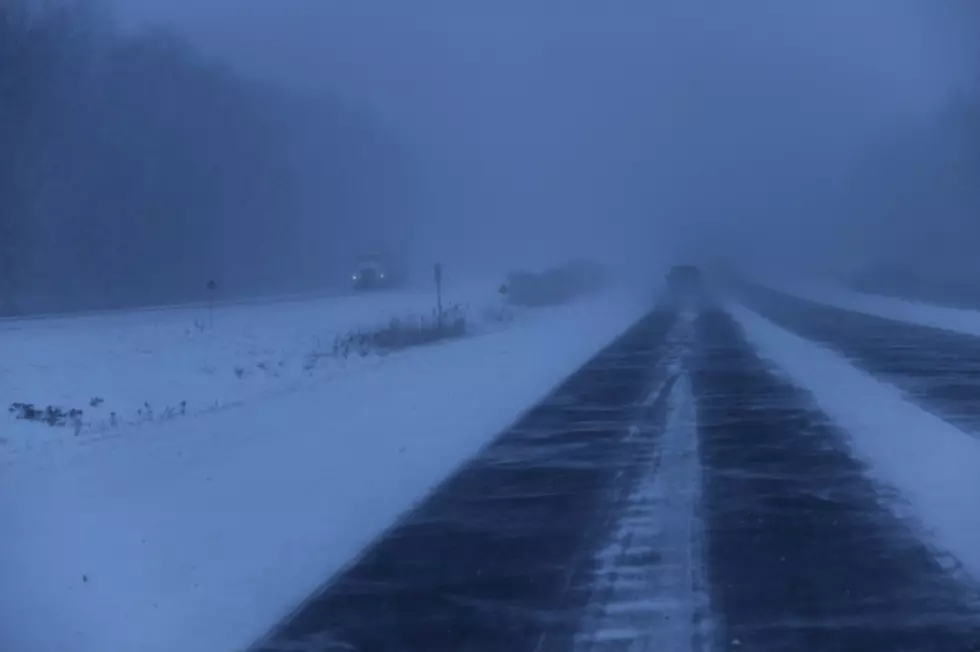
Why Idaho Summer Days Are Getting Shorter & Why We Love It!
Idaho's famously long summer days are beginning to dwindle, and we're not losing sleep over it.
It's quite the opposite, actually. We're of the mind that earlier sunsets have a multitude of positive fringe benefits. Better or more restful sleep—especially if you have kids—cheaper utility bills, and not getting blinded behind the wheel driving westbound at 8:30 p.m. are just a few perks. But here's the deal: Why Idaho Summer Days Are Getting Shorter & Why We Love It!
Basic Science Behind Sunsets
Sunsets are every-changing events. A sunset's timing is determined by a combination of where it's viewed from Earth as well as it's latitudinal and longitudinal measurements. Elevation also plays a significant role. Minor daily and semi-annual transitions throughout the year change in accordance with the Earth's axial tilt, rotation, and orbital movement along with the Earth's revolutions in concert with the moon's.
Understanding Sunset Times
Long summer days north of the equator are the product of of Summer Solstice events; a time when the days become longer. The yearly event occurs between June 20th and 21st when the Earth's axis tilts toward the sun. Winter Solstice events yield shorter days as the Earth's axis tilts away from the sun.
Earth-Sky Horizons & Celestial Horizons
Disappearing Act
Twilight
Dusk & Nightfall
The darkest period of twilight, dusk occurs at the conclusion of astronomical twilight just before nightfall. Finally, true nightfall occurs when the sun falls 18 degrees below the horizon and ceases to illuminate the sky.
Interested in more to-do's about the ways of the sun? Check out our galleries on Idaho's standing in the Daylight Savings debate.
We Can All Agree Boise Is Not Supposed To Be In Mountain Time, Right?
Gallery Credit: Cort Freeman
5 Reasons America Should Drop Daylight Savings
Gallery Credit: Stephanie Gull





